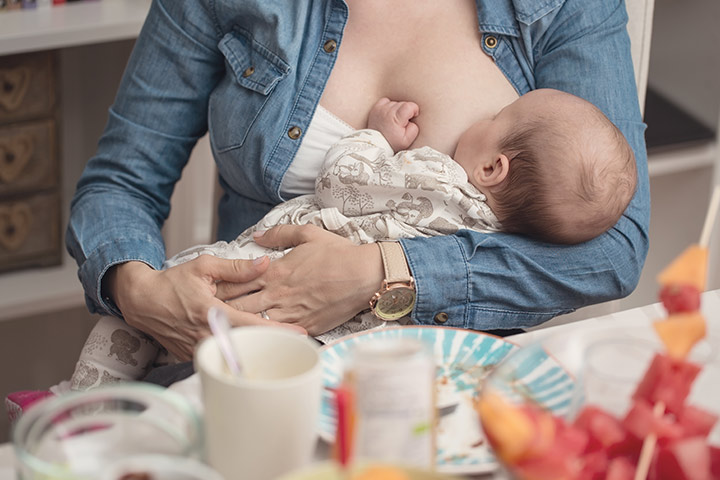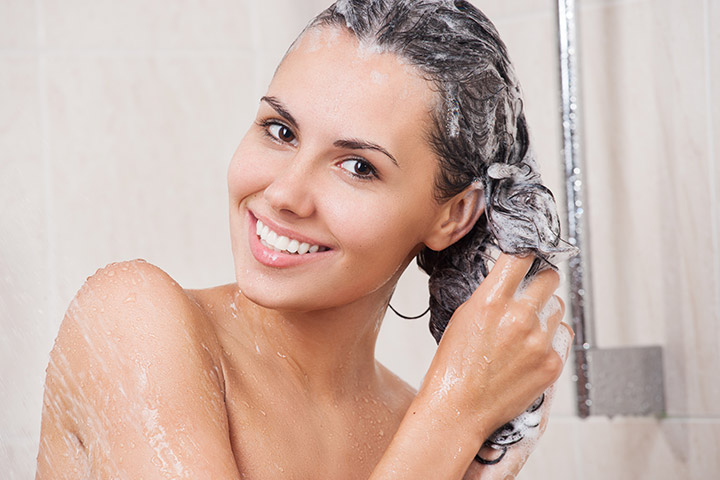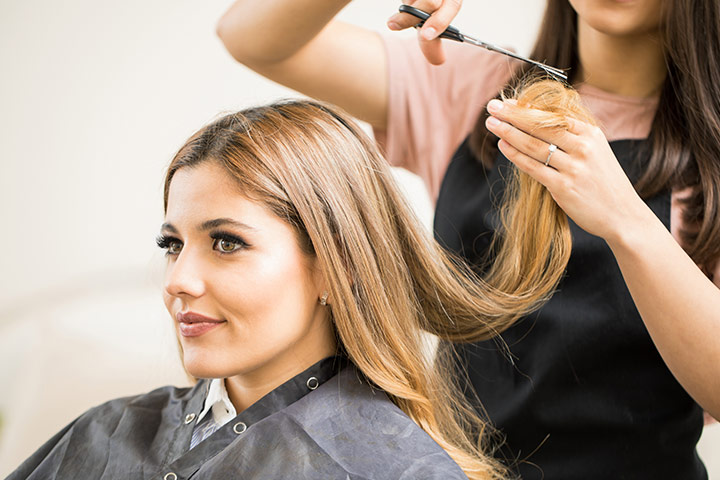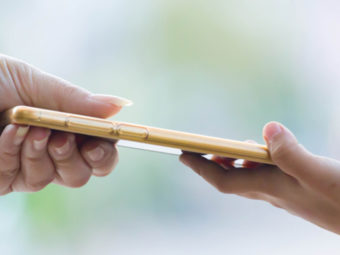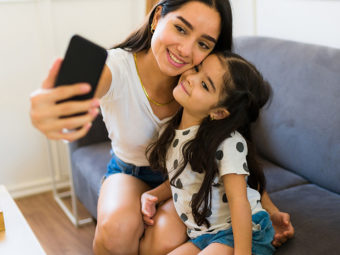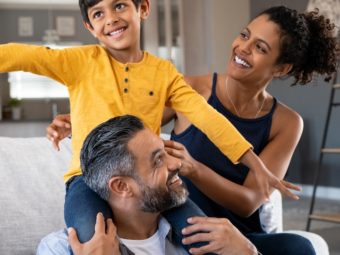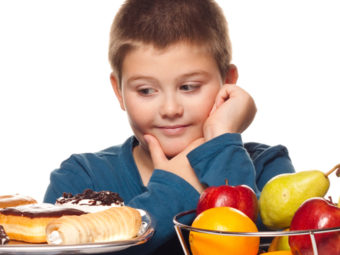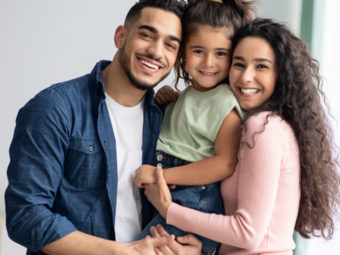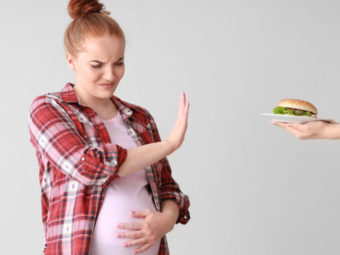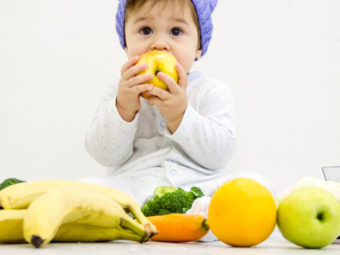
Image: Shutterstock
Pregnancy brings in a lot of changes to your body. Some of these changes might continue to affect you even after childbirth. Your hormones change drastically during and after pregnancy. The spike in estrogen levels during the pregnancy ensures less hair fall. The increase in blood circulation and volume also contribute toward more-than-normal healthy and luscious hair (1).
Our hair does fall a little regularly. However, all the pregnancy changes result in less to no hair fall at all during the entirety of 9 months. But soon after you give birth, some of the hormone levels drop sharply like estrogen and progesterone. This is when you might start experiencing extensive hair fall. Some of you might experience it immediately whereas others might notice a spike in hair loss after 3 months of delivery. Since your hair did not fall regularly during pregnancy, it makes up for all those 9 months. Due to this, you might experience your hair fall in huge clumps. It is natural for new moms to panic on seeing this. Some might even start wondering if they will go bald. But relax! This is just a temporary phase and your hair might soon get back to its normal glory (2). In the meantime, here’s how you can deal with it:
Continue With Your Prenatal Vitamins
One of the biggest errors most new moms commit is discontinuing their prenatal vitamins. You’ve been nourishing and nurturing your body for 9 months with good food and vitamin supplements. Imagine cutting it down drastically when your body needs it the most following all that blood loss from delivery and hormonal drop! It’ll only make a huge contribution toward your hair loss. Thus, continue with your prenatal vitamins. There are also postnatal vitamins available. Check with your doctor and continue with them.
Avoid Hair Treatments
You might be tempted to color or streak your hair if you had avoided it during your pregnancy. And, of course, let us not forget the hair treatments like straightening and rebonding. You might have given all this a miss for 9 months and might be eagerly waiting to get your hair styled again. But these harsh hair treatments will increase your hair loss. Ideally, you should wait until you start noticing less hair fall to get back to these hair treatments.
Eat Healthy
It is quite normal for new moms to end up skipping their meals to feed the baby or have less time on hand to prepare a nutritious meal for themselves. What you eat not only makes up for a huge chunk of nutrition for your hair but also for the quality of your milk if you are breastfeeding. Try as much as possible to eat a healthy meal. If need be, get help from a family member or hire a cook until the time you can start cooking again all by yourself.
Use Volumizing Hair Products
This may not contribute to less hair fall directly. But using shampoos which are rich in conditioners can weigh down your hair giving them a limp and thin look. Use a good volumizing shampoo that will give your hair a good bounce and volume.
Get A Hair Cut
Instead of going for expensive and harsh hair treatments, you can consider getting a good hair cut. Get a layered hair cut or a short bob if you like to add some spunk to your look. A good hair cut can also make your breastfeeding sessions a little less hassle-free. How, you ask? Babies have a habit of pulling at their mother’s hair when they are breastfeeding. Their delicate fingers can easily get entangled in your hair. And let’s not forget the pain you feel when your hair gets pulled out of the roots. Ouch!
Hair fall after childbirth is completely normal. It usually slows down by the time your child is one year old (3). However, if you continue to see clumps of hair falling out, make sure you see your doctor.



